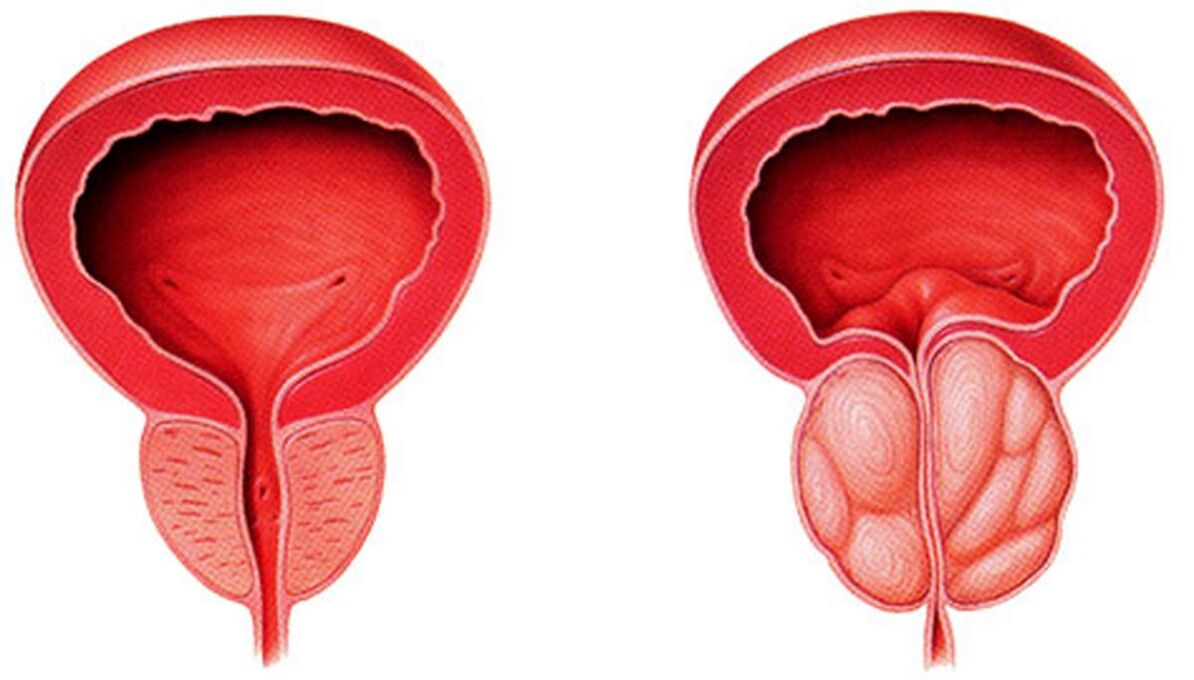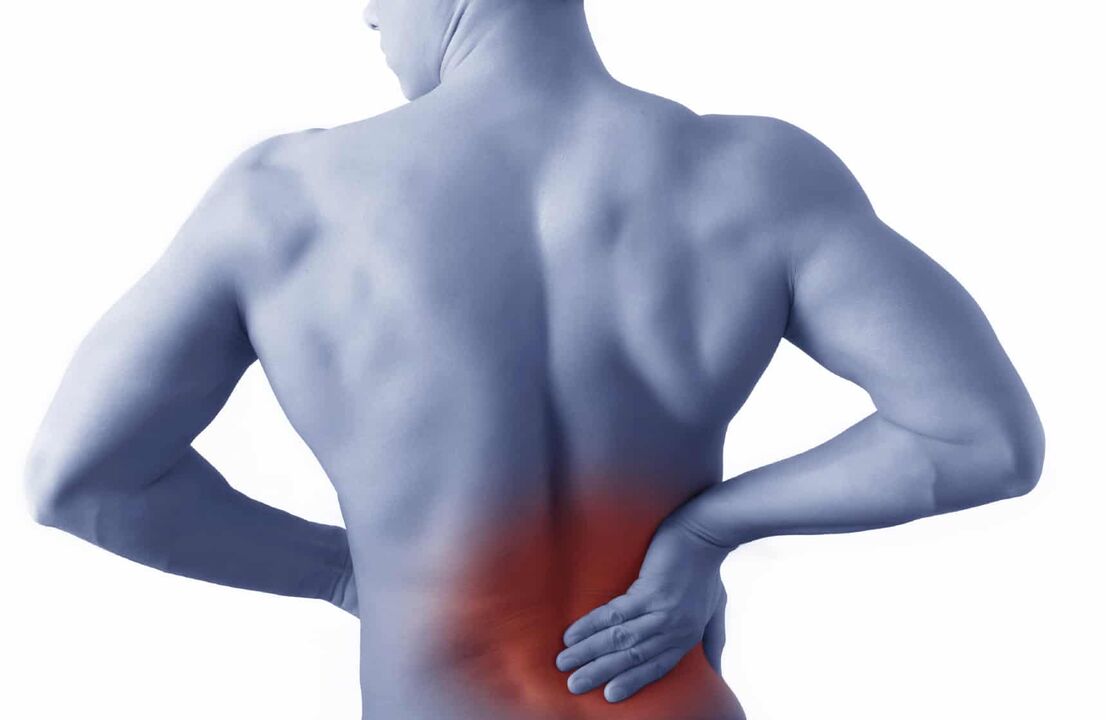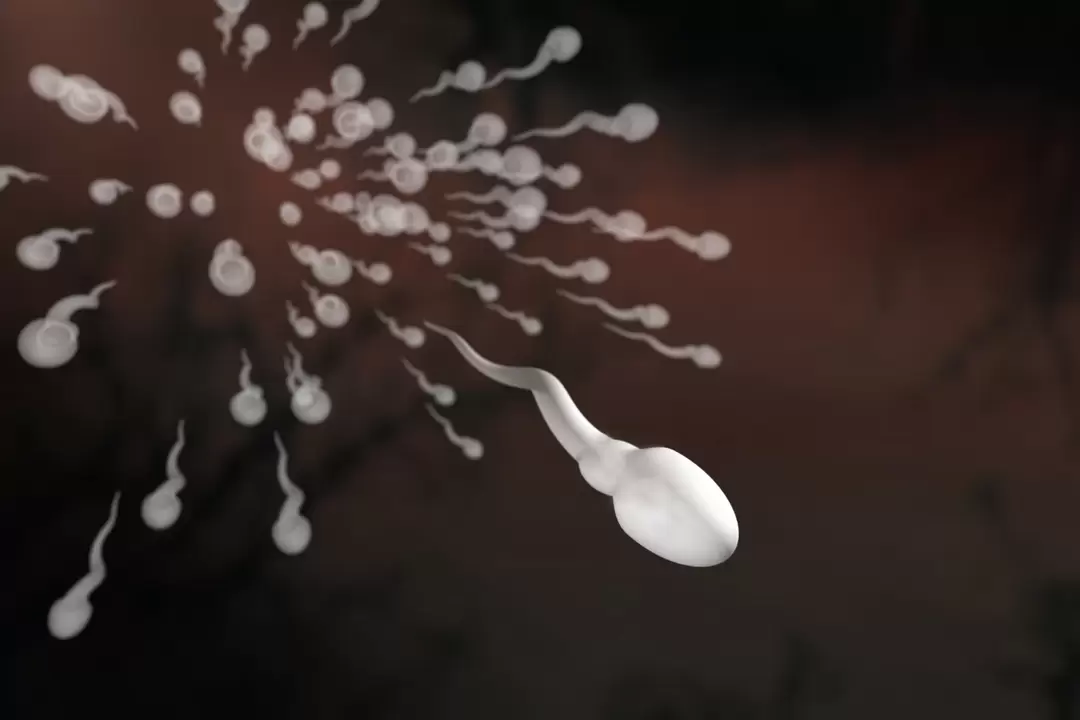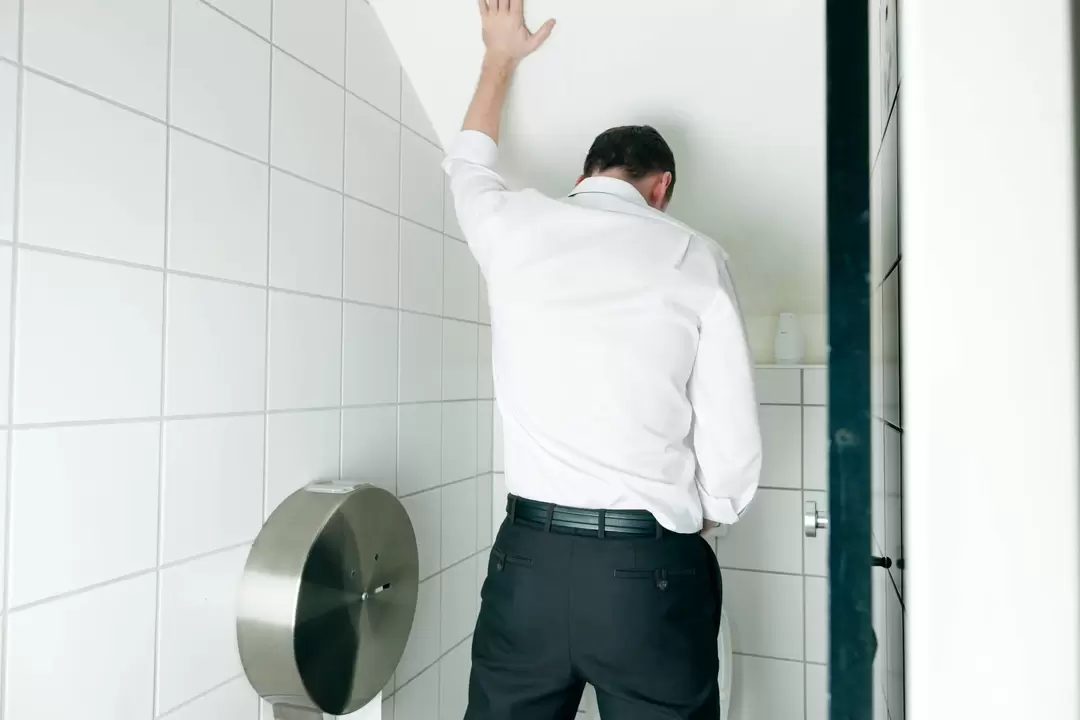The prevalence of prostatitis in men is quite high, which is associated with a sedentary lifestyle, an unhealthy diet, a large number of dangers that exist in the life of modern man. According to doctors, treatment should be carried out as soon as possible. To do this, each representative of men needs to know what the first signs of prostatitis in men are. About the symptoms that accompany different forms of the disease, what the exacerbation looks like, the acute and chronic course, and a little about how to treat it, will be discussed in the article.

General information
The signs and symptoms of prostatitis, as well as its treatment, are quite diverse, associated with the presence of several types of disease. First of all, prostatitis in men is:
- Spicy. There is usually a purulent character. Inflammatory markers in men, both general and specific, are maximally expressed, and the causative agent is the pathogenic (pathogenic) flora. So the men's treatment in most situations is to prescribe antibiotics.
- Chronic. It can be the result of an acute process if the treatment of a man is carried out improperly or untimely. Bright symptoms accompanied by pyogenic processes disappear, symptoms are much less pronounced. In remission, the characteristic signs of this process may disappear completely. With acute exacerbation of chronic prostatitis, symptoms increase, but more often with less intensity than with acute inflammation.
Chronic prostatitis in men may initially form without prior signs of acute inflammation. In this case, prostatitis is usually of a stagnant nature, i. e. arising from a sedentary lifestyle of men, with chronic diseases that affect the rate of blood circulation in the pelvic organs.
It is very important to know and be able to understand the first signs and symptoms of prostatitis, because this will affect the treatment of the disease that will be required in the future. If, in the case of bacterial prostatitis, is more indicated by symptoms of general intoxication, treatment necessarily includes antibiotic therapy (it does not matter if it will be pills or injections). antibacterial drugs), then in the case of a stagnation process, the first priority is given to the treatment of stagnant phenomena, that is, lifestyle modification and treatment of comorbidities.
Enlarged photo of prostatitis:

- Violation of the function of the urinary apparatus. In another way, this group of symptoms is called "digestive disorders". This should also include symptoms that indicate the development of an inflammatory process in the prostate gland.
- Sexual dysfunction is characteristic of prostatitis.
- Changes in the nervous system due to the primary process. characteristics of the disease.
More details on each of the following groups of signs of prostatitis are discussed below.
specific expression
The leading and often the first sign of prostatitis is pain. Pain can be of a different nature. The nature of pain can vary considerably. There are stabbing, stabbing, and cutting pains that are characteristic of the locality. If this is an acute process, they can significantly affect a man's sex life, leading to disrupted sleep and work performance. In chronic prostatitis in remission, symptoms are mild, if not completely absent.
The typical site of pain in prostatitis is the pelvic region. A man may feel pain in the perineum, lower abdomen, lower back. Usually they give penis, scrotum, testicles. Pain may accompany urination and defecation, and also increases with erection and ejaculation. The characteristic first sign of prostatitis can be pain, the intensity and duration of which depend on movement. They appear or increase if a man walks quickly, jumps, crouched. A similar symptom is caused by mechanical irritation of the duct wall with stones.

Frequent signs of prostatitis are various violations of the process of urination. Dysuria is manifested by a frequent need to urinate, a feeling of incomplete emptying of the bladder, a false urge to urinate. The nature of urination can also change: a man complains of a slow or intermittent flow of urine, the need to try to urinate normally. A terrible, though not the first, sign of prostatitis is acute urinary retention. Symptoms develop with acute inflammation, accompanied by severe swelling of the prostate gland.
Urinary retention occurs when prostatitis is associated with an adenoma. In the case of an exacerbation of chronic prostatitis in men, an acute condition can also occur, but urinary retention is less intense and the condition is less common. Usually, a man simply cannot hold large amounts of urine and needs to go to the bathroom often.
Difficulty urinating and pain are the most common first signs of any form of prostatitis. They are often the first and most common medications in the clinic to treat acute or exacerbation of chronic prostatitis.
Upsetting for most men, although rarely the first sign of prostatitis is sexual dysfunction. Stomach disorders are often a manifestation of a chronic inflammatory process and of a different nature, therefore, the treatment approach is also different. First of all, there is the problem of erection. She may become comatose, or the man may not be able to complete intercourse completely. Ejaculation disorder: early is more common. Over time, the normal sharpness of sensations will be erased. The problem goes from purely physiological to psychological. Disturbances of libido (disordered sex drive) develop, problems with orgasm arise. These signs negatively affect the general state of the nervous system, causing a decrease in mood, depression and sleep disturbances. A man no longer feels his own usefulness.
Constantly being stressed and overwhelmed by their own situation can lead to aggressive behavior, irritability and conflict tendencies in some men. In such a clinical situation, sometimes the treatment of prostatitis alone does not lead to the normalization of the mental field. The male representative may need an experienced psychologist and even antidepressant pills, which should be taken even after treatment for the underlying illness has ended.
Along with disorders of the genital field, there are changes in spermatogenesis. For example, purulent prostatitis will be accompanied by a change in the color and smell of semen. Depending on the pathogen causing this process, the biological fluid can become yellow, green, yellow-green. Sometimes there is discharge from the urethral opening and outside during sex. They also differ in color, smell, and other characteristics, although clear, mucilaginous secretions that appear in the morning are more common. A man himself can detect pathological impurities in the urine after urinating. We are talking about the appearance of mucous fibers, which are also often present in the morning urine. Various pathological impurities in some cases remain the first and only manifestation of the inflammatory process.

The only sign of sluggish chronic prostatitis may be infertility. Often, in the process of examining a man for the possibility of conceiving a child, a representative of the stronger sex reveals an old inflammatory process that leads to a disruption in normal sperm formation. During the examination, the men found a decrease in the complete sperm count, as well as a decrease in the motility of the male germ cells.
Impurities in semen may contain blood, which is a sign of prostatitis. This condition is called erythrocytosis. There is a symptom that is caused by trauma to the walls and is only transient. Since the first sign of prostatitis is rare, when mixed blood is present in the semen, all other diseases causing similar symptoms must always be ruled out.
General manifestations
General signs of prostatitis usually mean general inflammatory reactions, indicating the development of an acute inflammatory process in the body. Naturally, in chronic prostatitis these manifestations are not manifested, only if we are not talking about a pronounced exacerbation. Signs of an active inflammatory process are:
- Increase body temperature. Increased levels correlate with inflammatory activity. In acute bacterial prostatitis, especially accompanied by the formation of an abscess, the temperature can reach 39-40 degrees. This condition is accompanied by other obvious symptoms of the disease. Temperature can also be the first sign of viral prostatitis.
- General weakness, headache.
- Chills. Chills and shivers are characteristic of bacterial prostatitis.
- Muscle pain.

Common signs of inflammation are rarely the only sign of prostatitis, but there are exceptions. A chronic sluggish form of the disease with a low severity of specific symptoms that sometimes leads to a search for the cause of the low temperature (temperature rises to 37. 2 to 37. 3 degrees), is actually prostatitis. The diagnosis of the disease in such a situation is established after examination and additional studies, including the sowing of an exudative prostate to look for the presence of pathogenic microorganisms in it.
Clinic dependence on stage and type of disease
It has been discussed above about the dependence of the clinical picture on the type of prostatitis and the stage of the disease. Let's find out in more detail about each of them.
The first stage of this process is characterized by inflammatory symptoms that generally predominate over changes in the sexual sphere. The main signs of the disease will be pain, intoxication, digestive disorders (mainly cramps, pain when urinating). Some representatives of the stronger sex appear changes in sperm and urine, as well as discharge from the penis. If at this stage a man is not adequately treated, the signs disappear, then prostatitis will move to the next stage.
The inflammatory process without proper treatment rarely ends with complete recovery of the organ. Essentially, the result of the disease will be the formation of fibrous or connective tissue that replaces the normal tissues of the prostate gland. In order to improve the general condition visible, a man may not notice the exacerbation of dyspepsia. A person has a need to go to the bathroom more often "urinating", the sex drive changes gradually, but the symptoms are not obvious.

In the absence of attention to the manifestations and signs of the inflammatory process, prostatitis passes to the next stage. In fact, this is a chronic, clinicopathological process that is characterized by alternating periods of remission and exacerbations. The first chronic signs may not be present, as the disease does not always progress positively. However, the progressive process leads to the formation of coarse fibrous scars in the tissues of the prostate, which will cause the primary signs of the condition.
The first of the symptoms is dyspepsia, which manifests as slow urine flow, frequent need to urinate, and a sensation of incomplete emptying of the bladder. Disturbances of the sexual sphere: problems with erection, premature ejaculation, inability to have intercourse fully.
Some forms of prostatitis also have their own characteristics. About the acute and chronic stages of the bacterial process have already been talked about. What are the signs of congestive prostatitis, which will be listed below:
- Pain syndrome persists (up to 3-6 months) of low intensity. Limited pain.
- There were no inflammatory changes in prostate secretion and urine.
- When interviewing a man, it may turn out that he has factors that lead to the development of blood stasis in the small pelvis.
- In the clinical picture, when the first symptoms of the disease, violations of the sexual sphere and disordered phenomena are revealed.
Asymptomatic prostatitis also has features. Naturally, this process has no clinical picture. The disease is suspected after the detection of changes in the general analysis of the urine. After the examination, it is possible to make an accurate diagnosis and prescribe treatment.
Regardless of the revealed form of prostatitis in men, the process at any stage can lead to the development of formidable complications. They can be inflammatory processes of any organs of the urinary system (kidneys, bladder), which in turn will lead to the appearance of urolithiasis or even the development of chronic renal failure. Therefore, in order to prevent serious complications, it is necessary to promptly treat prostatitis, timely treatment, of course, you need to recognize the first signs of the disease and contact a specialist promptly. time.































